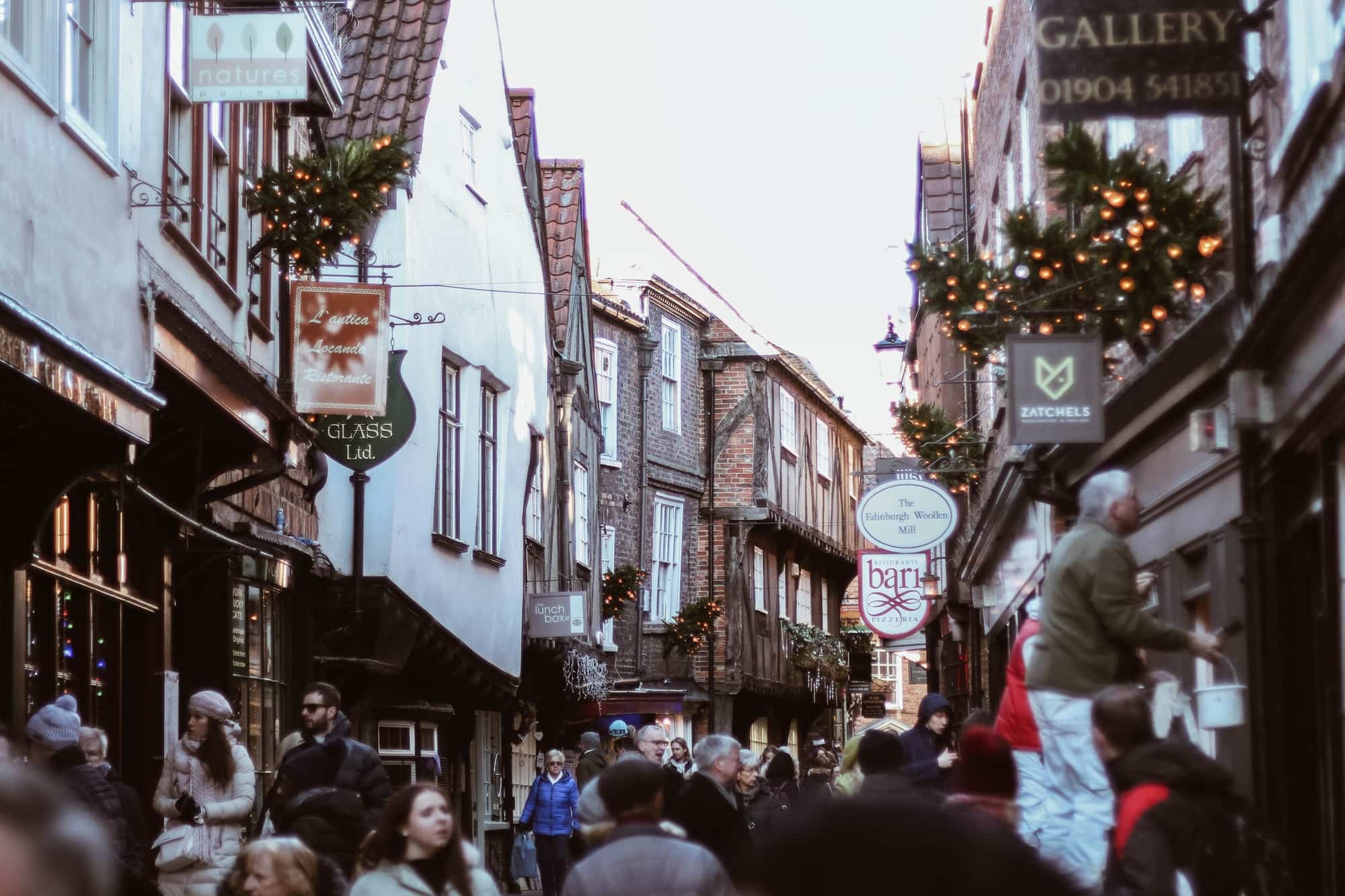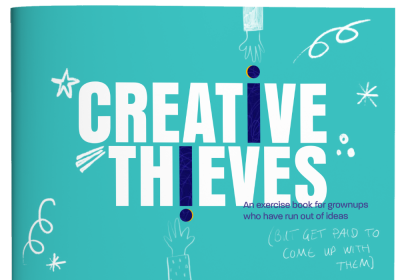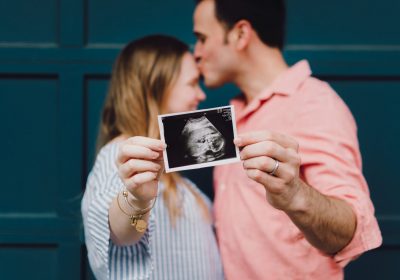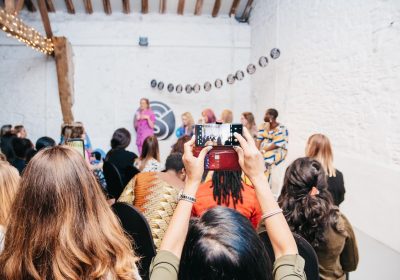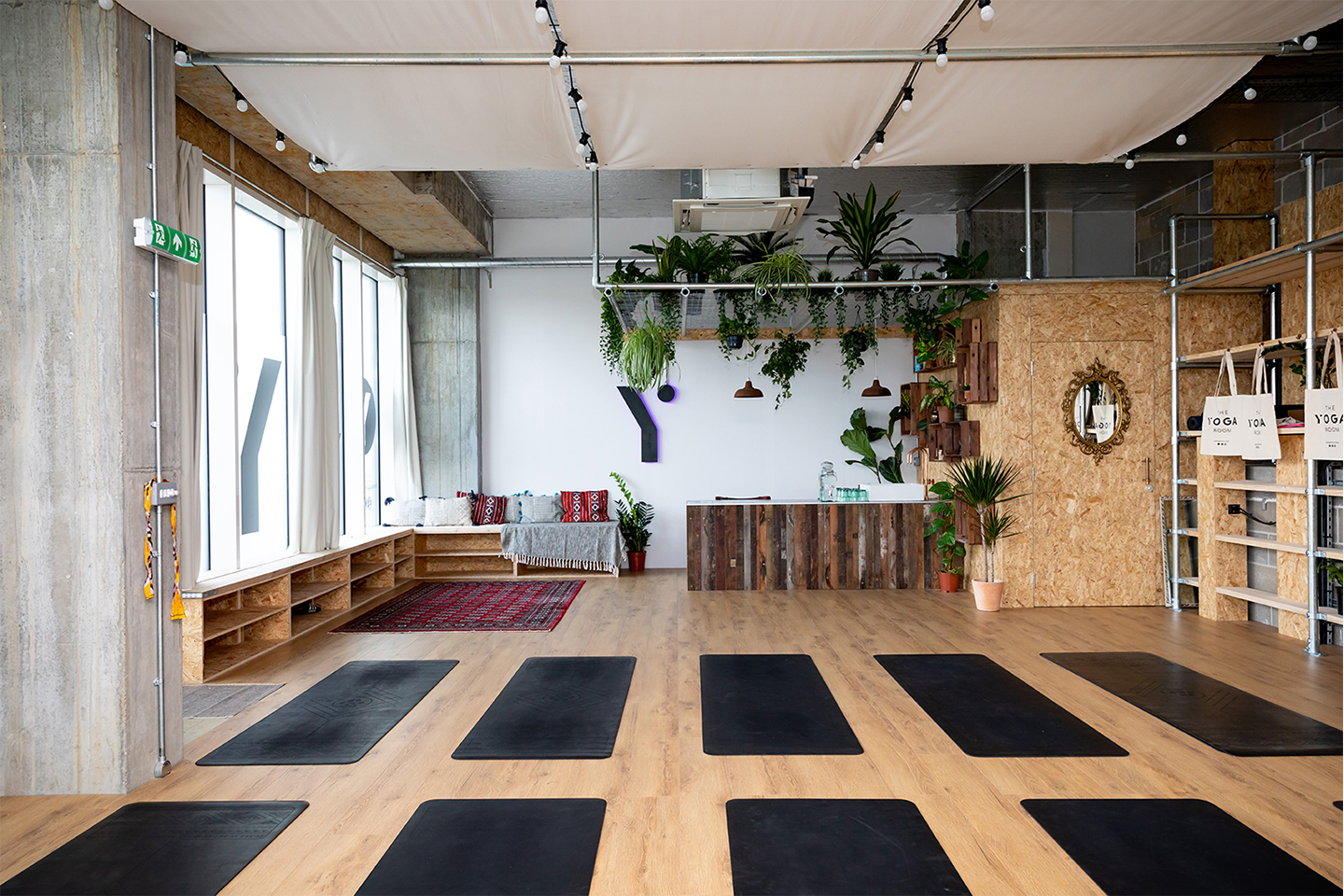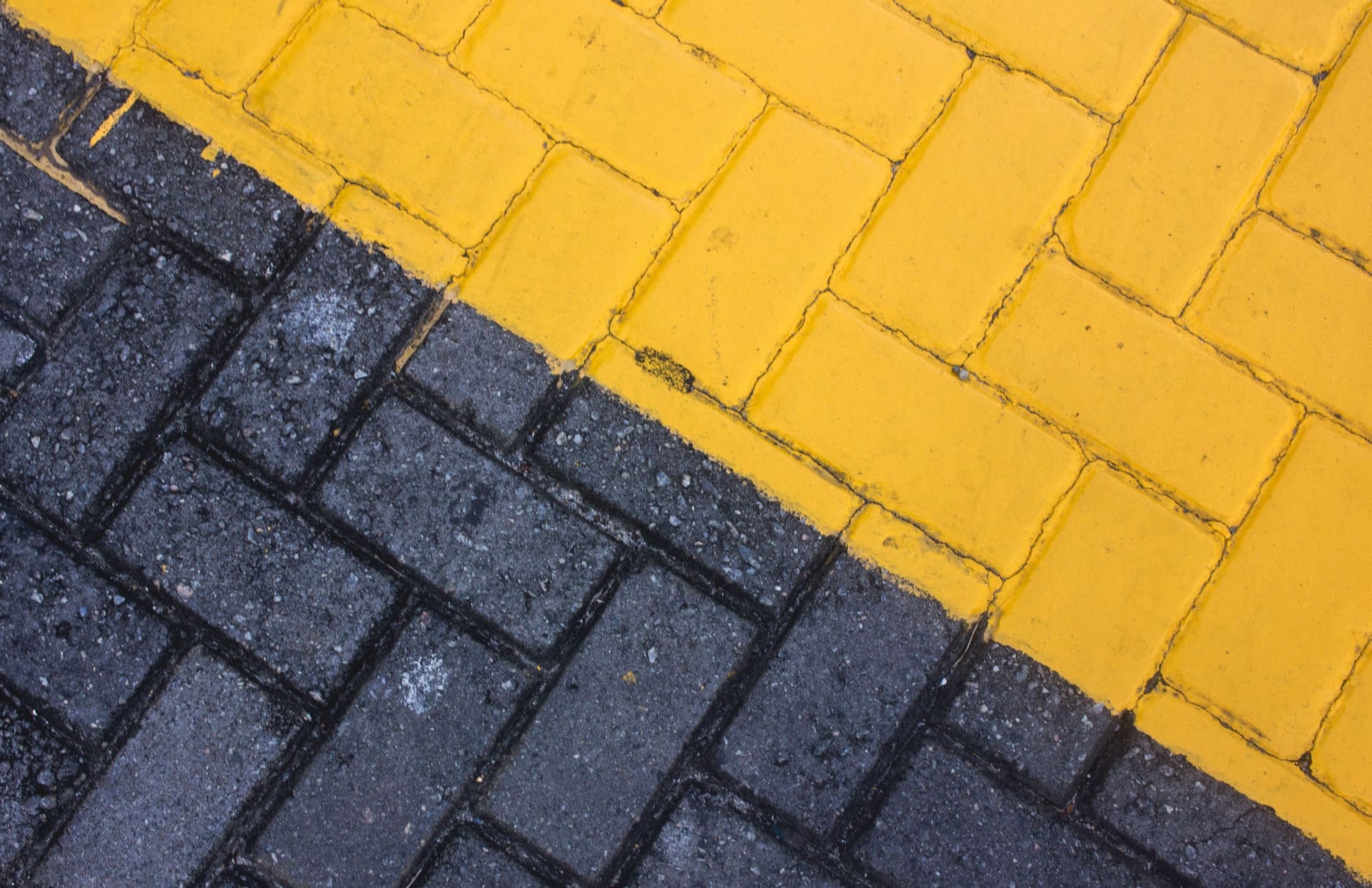I have been coming to York a few times a year for about the past ten years, and it is a city I love. What draws me back the most (other than my family), is the real sense of community and creativity that runs through its cobbled streets. I attended three of the events across the week-long event and they did not disappoint. It was really interesting and inspiring to immerse myself in another cities culture and see it from an outside perspective, as someone who doesn’t live there. The three talks/workshops I attended were: Working effectively across marketing & design, a panel discussion between industry leaders exploring the importance of the relationship between marketing communications and design for the ongoing success of campaigns. The second was a more intimate workshop with Digital Tapas and I Create Experience to help create and shape a new and supportive community for business owners and forward thinkers. And finally, a Brand Archetypes workshop led by Mat Lazenby, which explored the internal and external power of human archetypes and individualism in an increasingly crowded and noisy marketplace [workshop descriptions from event brochure]. All three talks had me coming away feeling both inspired and eager to implement some of their teachings into my own work and practice. I have outlined below some of my key takeaways from the event, all of which I plan to put into practice and integrate deeper into my own process.
Working effectively across marketing and design:
One of the key messages from this talk was the idea that within your discipline, you should work to break down barriers between other disciplines and open up minds. The importance here being to open up conversations in a cohesive way so that there can become clarity between disciplines and therefore smoother running, more successful projects and outcomes. The panel discussed the importance of seeing everyone’s value, whatever their discipline and what each individual can bring to a project. The primary goal being to knock down the walls of different disciplines & see the human in everybody. Collaboration is all about respecting others skills as well as your own and the idea that collective brains, experience, and approach make for better outcomes for both you as the creatives, and for the client. Collaboration is about assembling the right people and the right team to deliver the best work, because, after all, the sum is greater than its parts.
Design and business are both, primarily, about human connections, being trustworthy and being good at what you do. As the designer, I agreed with the panel’s view, that you are there to help solve a problem, not just to deliver the visuals. I really try and relay this message to the people I work with, to show that there is much more value in design than simply what something looks like. As a designer you are there as a facilitator of the clients problem and should ask the right questions and deliver a solution to their problem. Put quite rightly by the panel, this sometimes results in what you come up with not being what the client wants to hear, but I firmly agree and believe strongly that as a designer, you should challenge assumptions and question why constantly to deliver the best result, that ultimately builds towards bigger picture success for your client.
The panels final point that I couldn’t agree with more was that design is qualitative, it is about how it makes someone feel. Although, more often that not, what you are receiving from a designer at the end of a project are a set of tangible assets, what you are really capturing is a feeling. A feeling that is felt by anyone that interacts with your brand or business, which is THE most important thing. After all, as a client, the only thing you really own is your brand.
And one final point to end on (because I think that any designer, or creative for that matter can empathise with this, which is that: ‘design has been commoditised by sites such as Fiverr which can devalue the whole industry BUT you get what you pay for.’ This rings so true and is something that nearly all creatives have to battle daily. The importance of conveying the value of what you do back to clients who you want to work with is imperative for both of your success. After all, design is a collaboration.
Brand Archetypes:
This was such a brilliant, thought-provoking workshop delivered by Mat from Lazenby Brown, a York-based design agency. Its focus was on brand archetypes, and the importance of creating a persona for your brand as a way of amplifying your brands voice/personality. Mat began by outlining the following point: ‘cities are under new management, and as creatives we are custodians over the city.’ I loved this insight into the importance of design within our cities and where we live. With so much changing and evolving in the world we live in, design can really be used as a vehicle for change and positive impact, which is something I am always striving to deliver within my work. Mat then went on to describe the importance of going against the typical archetype of business, i.e. what people typically think business is and challenge them to see the humanity within the heart of businesses. What goes for people, also goes for businesses, so as a designer you should be looking to translate what a brand stands for and what it believes, into something tangible that explores the depths of these personalities and archetypes within brands.
Mat described ‘brand archetypes’ as: ‘an agreed brand language that isn’t taste-based.’ Through this process of uncovering a brand’s archetypes, we can change the narrative of a clients taste dictating design decisions to stop this happening and create a rational brand story that is agreed between both client and designer. I couldn’t agree more with this point and wholly believe in the importance of removing taste from the design process – both from the client-side and designer-side. Ultimately, we should be moving away from taste within design and towards what’s right for business, which I believe will help create longer-lasting, more sustainable brands and identities.
Some people may think that this preliminary step in the design process isn’t necessary, however, discovering which archetypes/personas represent your brand helps form a creative brief for your designer and ultimately a lens through which they will design. The aim of this process is to create a brand that is rationalised and is a shared agreement between client and designer that has meaning, and an identity that has reason and logic for looking the way it does. This system of designing couldn’t resonate with myself and my own process more and this workshop really helped to solidify why this is so important to the design process, and the importance of educating clients on why this is so imperative for the longevity of their brand.
